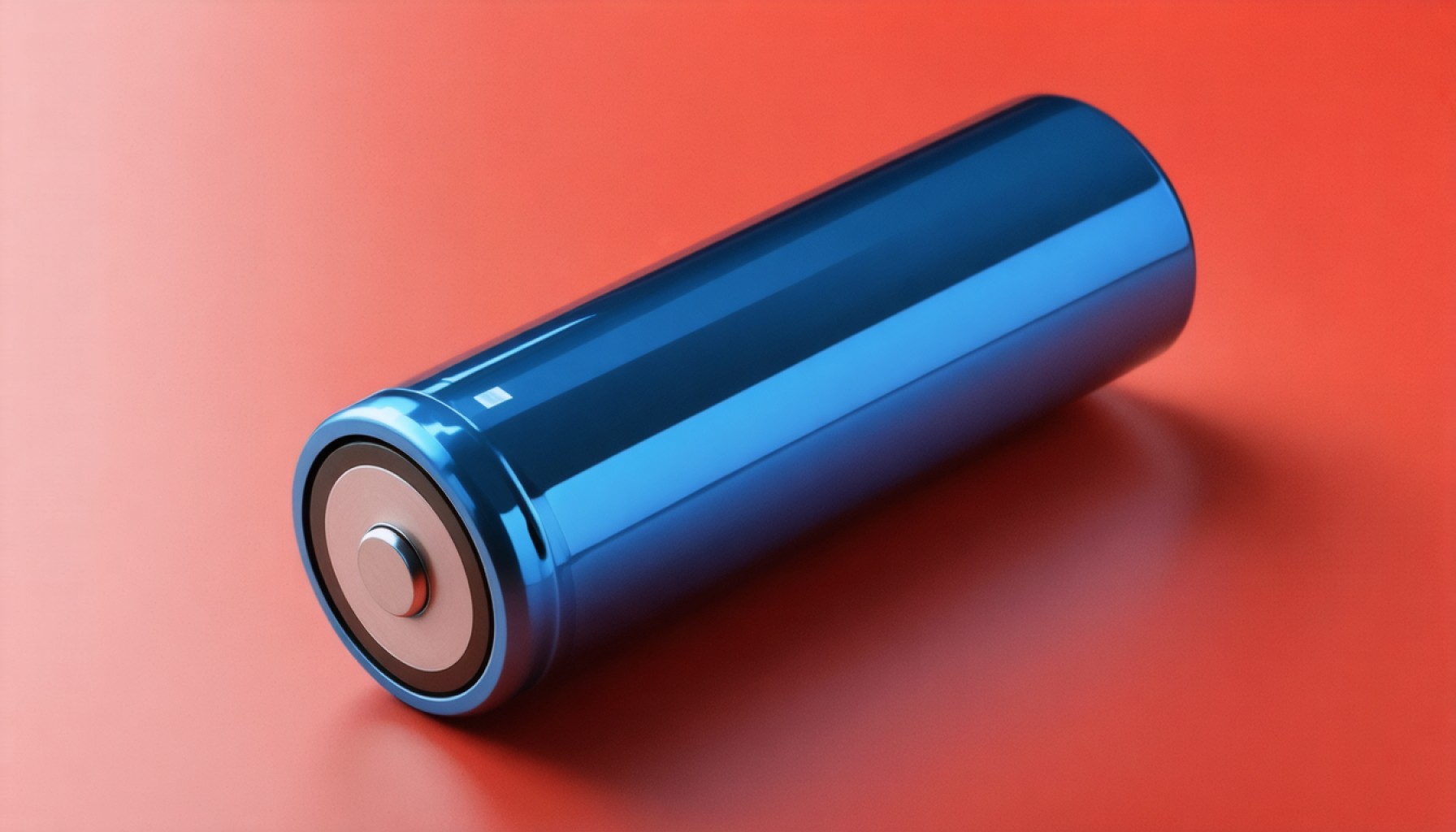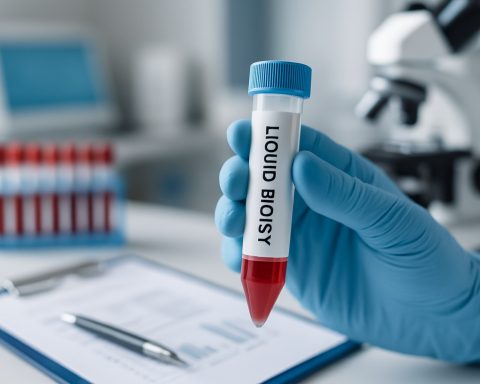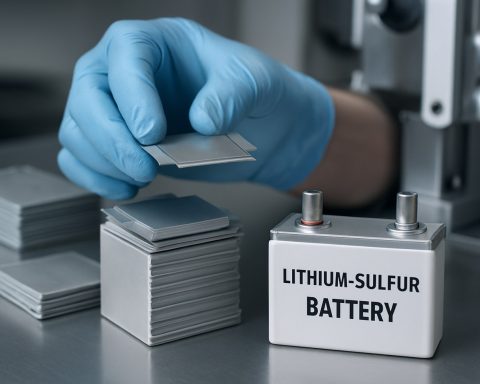Main Points
- CATL unveils a revolutionary battery system with 175 Wh/kg specific energy and 270 Wh/L energy density, set to transform the transport industry.
- The battery supports commercial vehicles, including delivery vans, marine vessels, transit buses, school buses, and trains.
- Promising a lifespan of 1.5 million kilometers or 15 years, it reduces maintenance costs and vehicle downtime.
- Utilizing CATL’s Tectrans B cell technology, the Super Long-Life series arrives with proven reliability for the electric vehicle market.
- The cells are shipped to Coulomb Solutions in North America for assembly, strengthening global collaboration.
- This innovation offers a dependable solution for electric transportation, redefining cost and reliability expectations.
Emerging from the dynamic workshops of the esteemed CATL in China is a groundbreaking battery system that promises to revolutionize the transport industry. With a specific energy of 175 Wh/kg and an energy density of 270 Wh/L, this innovation is engineered to empower an entire fleet of commercial vehicles—from nimble last-mile delivery vans to robust marine vessels.
The visionary design under this new battery system is crafted with the rigorous standards that CATL, a global leader in battery manufacturing, has built its name on. However, the journey from blueprint to reality doesn’t happen simply within one factory. The process involves a transcontinental partnership, as the cells arrive at the doors of Coulomb Solutions in North America for assembly. Here, they become the heart of future-forward vehicles, prepped to hit the roads, rails, and seas by September.
Impressively, this battery isn’t just for flashy new models. It’s a beacon for transit buses, school buses, and even trains seeking longevity and reliability. Imagine a battery that rides shotgun for a whopping 1.5 million kilometers or for 15 solid years—whichever comes first. Such durability promises substantial savings and operational uptime, making it a dream come true for fleet managers weary of the financial drain from constant battery replacements and vehicle downtime.
The Super Long-Life series emerges as a reliable co-pilot for electric vehicles, armed with the backing of CATL’s proven Tectrans B cell technology from 2024. Designed with a similar energy and longevity profile, the Tectrans B has already offered a taste of the promise that these batteries hold. Now, Coulomb’s assembly prowess ensures that North American markets are not just on board, but in the driver’s seat of this technological leap.
The takeaway here is a decisive shift in how we envision the future of transportation. Where uncertainties about cost and reliability once loomed, there’s now a bright path paved by engineering and collaboration. As CATL and Coulomb Solutions light the way, they offer electric vehicle markets a compelling and practical solution. This isn’t just about better batteries—it’s about redefining the journey ahead, ensuring that every mile is as dependable as the first.
Unleashing the Power of the Future: The Rise of Super Long-Life Batteries
Introduction
The recent innovations in battery technology presented by CATL are more than just an incremental step; they are a giant leap forward for the transportation industry. With impressive metrics such as a specific energy of 175 Wh/kg and energy density of 270 Wh/L, these batteries are poised to transform electric vehicles across various sectors. Let’s delve deeper into the facets of this groundbreaking technology, discuss its potential impact, and explore the future of sustainable transportation.
Key Features and Specifications
– Specific Energy & Density: The batteries boast a specific energy of 175 Wh/kg and an energy density of 270 Wh/L, translating to efficient energy storage and longer vehicle range.
– Longevity: Engineered to last up to 1.5 million kilometers or 15 years, these batteries significantly reduce lifetime costs and enhance operational reliability.
– Compatibility: They are suitable for a wide array of vehicles, including transit buses, school buses, last-mile delivery vans, and even marine vessels.
– Technology: Based on CATL’s Tectrans B cell technology, which emphasizes durability and extended lifespan.
How-To Steps & Life Hacks
For fleet managers and vehicle operators considering a switch to this new battery system, here are actionable steps to optimize the transition:
1. Assessment: Evaluate existing fleet needs and calculate potential savings regarding fuel costs and maintenance.
2. Implementation: Work with suppliers like Coulomb Solutions to facilitate the battery swap for various vehicle types.
3. Training: Provide training for maintenance teams to understand the nuances of the new technology.
4. Monitoring: Utilize telematics to monitor battery health and performance, ensuring optimal usage.
Real-World Use Cases
– Public Transportation: Cities looking to modernize transit systems can reduce carbon footprints and operational costs.
– Delivery Services: Companies can achieve higher delivery efficiency with reliable, long-lasting power sources.
– Heavy-duty Applications: Freight operations leveraging these batteries will see enhancements in haulage capacity and reduced recharging downtime.
Industry Trends & Market Forecast
The global electric vehicle battery market is projected to grow significantly, with Asia-Pacific leading the charge due to manufacturers like CATL. North American markets are expected to follow swiftly, with growing adoption supported by partnerships like the one between CATL and Coulomb Solutions.
Reviews & Comparisons
CATL’s batteries are often compared to those from Tesla’s Gigafactory, LG Chem, and Samsung SDI. While competitors excel in energy density or cost, CATL’s focus on longevity and versatility makes their offering unique, especially for commercial applications.
Controversies & Limitations
One common limitation is the upfront cost, which can be a barrier for smaller operators despite long-term savings. Additionally, the environmental impact of sourcing raw materials for lithium-ion batteries is a growing concern.
Pros & Cons Overview
Pros:
– Significant lifespan and reliability.
– Wider application across vehicle types.
– Potential cost savings over vehicle lifetime.
Cons:
– Higher initial investment costs.
– Infrastructure adaptations needed for charging facilities.
Sustainable Future Insights
CATL is exploring more sustainable materials and recycling processes, seeking to mitigate environmental impacts. Continued research into solid-state batteries and alternative chemistries promises further advancements.
Quick Tips for Fleet Managers
– Plan for Scale: Consider fleet-wide changes to maximize economic benefits.
– Leverage Incentives: Look for government subsidies that support sustainable transportation initiatives.
– Stay Updated: Monitor developments in battery technology to keep pace with advancements.
By embracing such battery technologies, companies can lead the charge in sustainable transportation, aligning with global environmental goals.
For more on cutting-edge battery systems and innovations in the automotive industry, visit CATL’s Website and Coulomb Solutions’ Portal.









